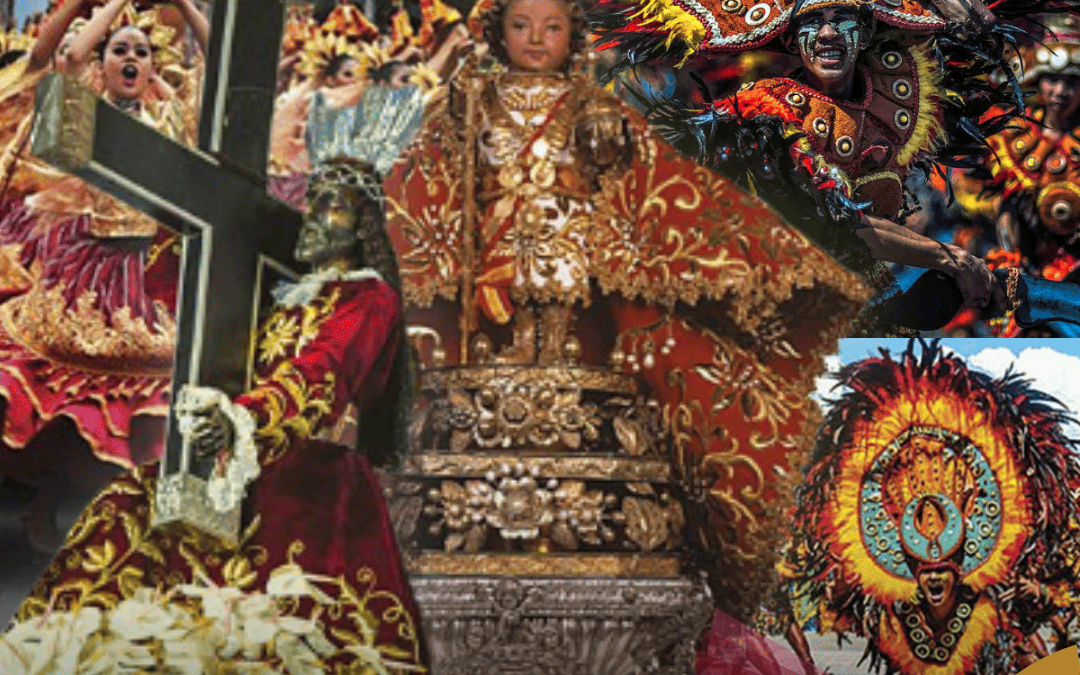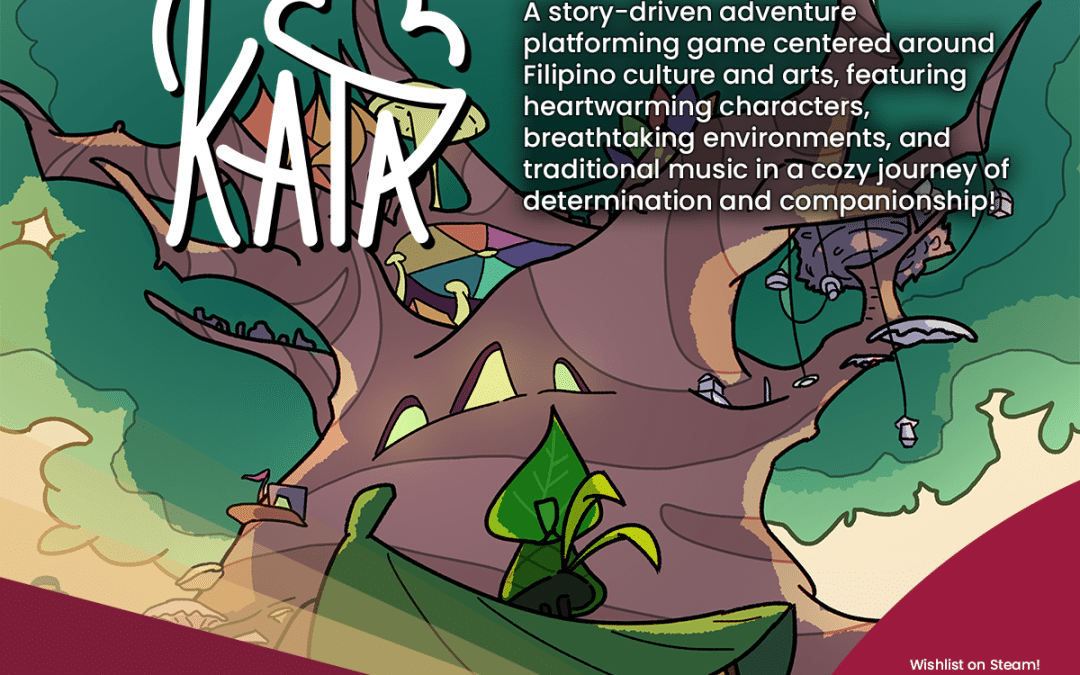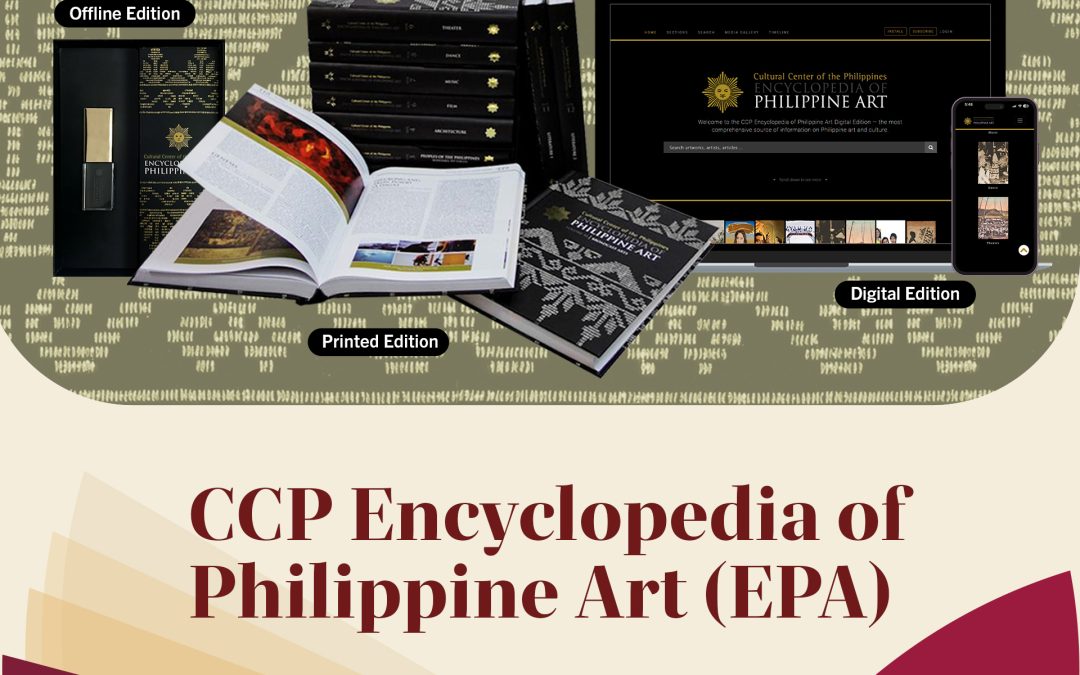Julie Lluch, a renowned terracotta sculptor who was first captivated by watching a potter on television, is one of the recipients of the 2024 Gawad CCP Para Sa Sining Awards. Her works, crafted from terracotta, stone, ceramic, and bronze, explore themes of femininity and societal norms, while also paying tribute to icons of Filipino literature, art patrons, and Western Modern Art.
Some of her notable pieces include Still Life with Cezanne’s Apples on Kiri’s 6th Birthday (1981), Philippine Gothic (1984), and Thinking Nude (1988). She also created bronze monuments of National Artist Carlos P. Romulo, lawyer-politician Arsenio Lacson, Chief Justice Jose Abad Santos, former Chief Justice Cayetano Arellano, and former President Manuel Quezon.
In an interview, Lluch reflected on her long and enduring career in the arts, which began in the 1970s. “It’s been quite a journey. I haven’t stopped. It’s been a lifetime for me,” she said with a sense of fulfillment.
Early Artistic Influences
Born in Iligan City in southern Mindanao, Lluch’s upbringing had a significant influence on her artistic perspective. Although her hometown was far from major art centers, it was her family that introduced her to the world of art.
From a young age, Lluch was deeply involved in the arts, especially music. “My father loved music, and I was exposed to all kinds of classical music. It was a big part of my artistic growth,” she recalled fondly. She also studied ballet and solfège, as well as took piano lessons during her teenage years.
Lluch mentioned that her sister, a literature graduate, exposed her to a wide range of books. “With that, I feel that I have a well-rounded exposure to the arts, which is crucial for an artistic life,” she stated.
She also mentioned that her other artistic influences came from fellow artists and the books she read, including those about Picasso. “Most of my other influences came from books because I didn’t go to arts school,” she concluded with a smile.
Some of Lluch’s works were significantly influenced by the Spanish painter, sculptor, and prominent artist Picasso. She admitted to having a love-hate relationship with his work. “He is such a giant in the art world that you can’t escape his influence,” she said when asked about her mixed feelings toward Picasso.
“The influence of his work is tremendous, but I also have reservations because he was quite the ‘macho’ figure, and his personal life wasn’t always commendable,” she said with a chuckle.
Lluch is influenced not only by individuals but also by surroundings. There was also a moment when Lluch was passing through the neighboring city of Marawi, which provided her perspective for creating her series of terracotta sculptures depicting Maranaw women.
Her Empowering Voice
Looking back on the 70s and 80s, which Lluch refers to as her “feminist period,” she says, “I think that was when I was most ‘productive’ and most in tune with the times. My work was closely connected to what was happening in the country.”
According to Lluch, the political climate at that time was both challenging and turbulent. “When martial law was declared, many of our friends were involved in activism and faced harsh conditions. Some went into hiding, and many sacrificed their lives.” Simultaneously, Lluch notes that “this was also the time when feminism arrived on Philippine shores.”
At that time, feminism as an ideology hadn’t been thoroughly studied. However, it gradually began to influence the arts, leading many artists, including Lluch herself, to embrace feminist principles.
For Lluch, she notes that “Feminist Art” should be recognized as its own genre, alongside “Social Realism” and to be situated to take a leading role in the nationalist movement.
She also views this period as one of artistic idealism and growth. It was also when she began working with clay, a discovery that proved life-changing for her. “I developed a unique relationship with the material. It’s very personal, as this relationship comes from working with it,” she said.
As she explored the process of working with clay, she said, “I got so fascinated and so enamored with the medium.” Lluch explained that clay is not just tactile. “Sculptors use not only their hands but also their arms. It’s very physical and demands a lot of physical attention from the artist.”
For Lluch, the intersection of feminism, political activism, and her fascination with clay profoundly shaped her significant works.
Lluch expresses her gratitude for the Gawad CCP Para sa Sining recognition, saying, “This award came as a tremendous surprise. I didn’t expect it. I am thrilled and thankful to CCP for acknowledging my work, and I am deeply grateful for this honor.”
The Gawad CCP Para Sa Sining is a prestigious award that is given by the Cultural Center of the Philippines to artists or groups who have consistently created exceptional works in their respective art forms or developed unique styles or techniques that contribute to the growth and evolution of their craft.
The Gawad CCP Para sa Sining awards ceremony will be held on September 20, 7 p.m., at the Samsung Performing Arts Theater, as part of the CCP’s 55th anniversary celebration.
To stay updated on CCP events, follow their official social media accounts on Facebook, X, Instagram, TikTok, and YouTube, or visit their website at www.culturalcenter.gov.ph.






